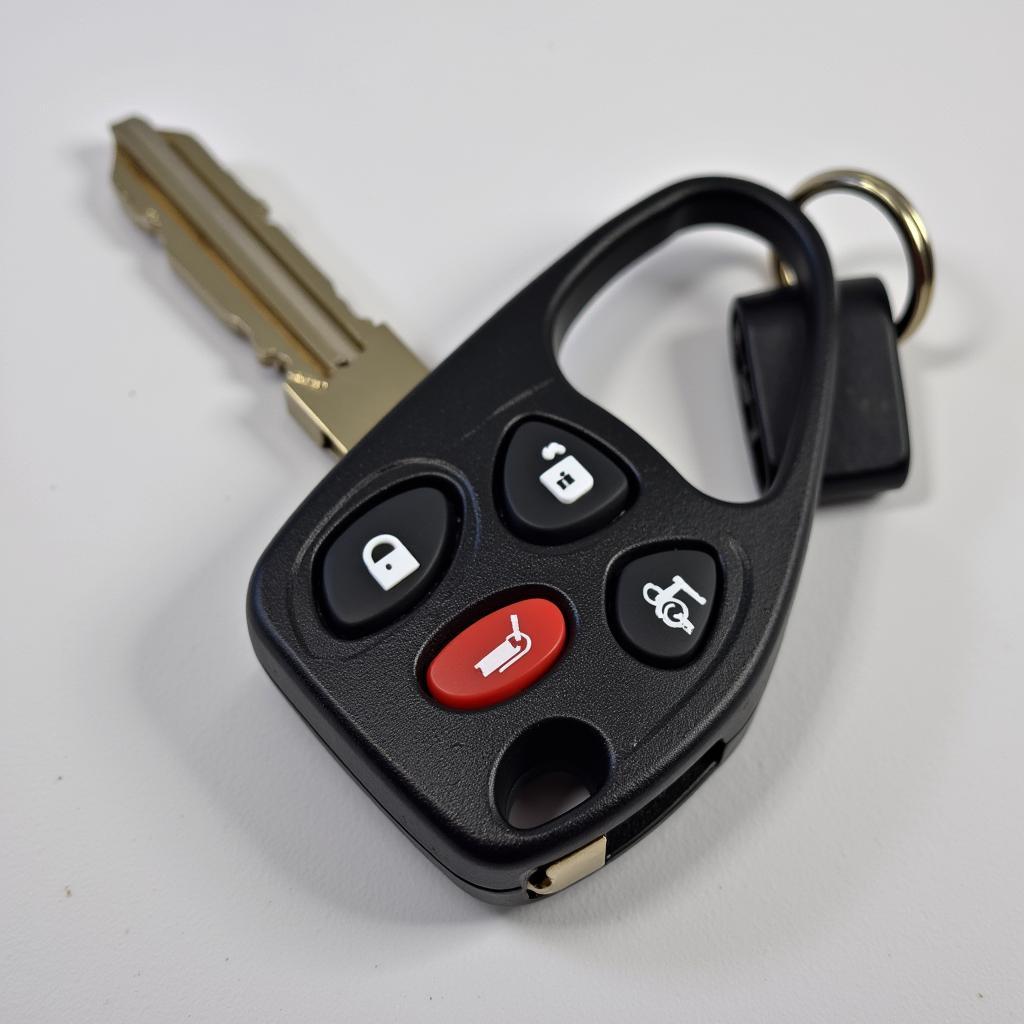Upgrading your car’s audio system with a new car radio installment can dramatically improve your driving experience. This guide will walk you through everything you need to know about car radio installation, from choosing the right unit to troubleshooting common issues.
Choosing the Right Car Radio
Before you begin your car radio installment, you need to select the perfect head unit. Consider features like Bluetooth connectivity for hands-free calling and music streaming, Apple CarPlay and Android Auto integration for smartphone mirroring, and satellite radio compatibility for a wider range of entertainment options. Think about your budget and what features are most important to you. Don’t forget to check if the radio is compatible with your car’s make and model.
Gathering the Necessary Tools and Parts
A successful car radio installment requires the right tools. You’ll likely need a wiring harness adapter, a dash kit specific to your car, a panel removal tool set, and basic hand tools like screwdrivers and wire cutters. It’s a good idea to have a multimeter on hand as well, for testing circuits.
Step-by-Step Car Radio Installation Guide
- Disconnect the Battery: This is the most crucial first step in any car radio installment. Disconnect the negative terminal of your car battery to prevent electrical shorts.
- Remove the Old Radio: Use the panel removal tools to carefully pry off the trim surrounding your existing radio. Once the trim is removed, unscrew the old radio and disconnect the wiring harness and antenna.
- Connect the Wiring Harness Adapter: This adapter allows you to connect your new radio to your car’s existing wiring without cutting or splicing any wires. Match the wires on the adapter to the wires on your new radio’s harness, ensuring correct color-coding.
- Install the Dash Kit: The dash kit provides a seamless finish and ensures your new radio fits snugly in your car’s dashboard.
- Connect the New Radio: Connect the wiring harness adapter to your car’s wiring and connect the antenna cable.
- Test the New Radio: Before fully securing everything, reconnect the negative battery terminal and test the new radio to make sure everything is working correctly.
- Secure the Radio and Trim: Once you’ve confirmed everything is functional, slide the new radio into the dash kit and secure it with screws. Reinstall the trim panels.
Troubleshooting Common Car Radio Installation Problems
Sometimes, even with careful planning, you might encounter issues during your car radio installment. If your radio doesn’t power on, double-check the wiring harness connections and the fuse. If you experience poor reception, ensure the antenna is properly connected. If the sound quality is distorted, check the speaker wire connections.
“Proper wiring is crucial for a successful car radio installation. A simple mistake with the wiring can lead to malfunctions or even damage to your car’s electrical system,” says John Miller, Senior Automotive Electrical Technician at Miller’s Auto Repair.
Remote Diagnostics and Software Solutions
In today’s connected world, many car radio issues can be diagnosed and even fixed remotely. Utilizing specialized software, technicians like myself can access your car’s system, pinpoint the problem, and sometimes even upload software updates to resolve the issue without a physical visit.
Benefits of Professional Car Radio Installation
While a DIY car radio installment can be rewarding, sometimes it’s best to leave it to the professionals. A professional installer has the experience and expertise to handle any unforeseen complications and ensure a clean, efficient installation.
“Professional installation not only saves you time and potential headaches but also ensures that your car’s warranty remains intact,” adds Sarah Johnson, Certified Automotive Electronics Specialist at Johnson’s Auto Electronics.
Conclusion
Car radio installment can significantly enhance your driving enjoyment. By following this guide and considering professional installation options, you can be confident in achieving a successful upgrade. Remember to always consult your car’s manual and seek professional help when needed.
FAQ
- What tools do I need for car radio installment? You’ll need a wiring harness adapter, dash kit, panel removal tools, and basic hand tools like screwdrivers.
- How do I connect the wiring harness? Match the wires on the adapter to the wires on your new radio’s harness, ensuring correct color-coding.
- What if my new radio doesn’t power on? Double-check the wiring harness connections and the fuse.
- How can I improve radio reception? Make sure the antenna is securely connected.
- What should I do if the sound is distorted? Check the speaker wire connections.
- Can car radio problems be fixed remotely? Yes, often software updates and diagnostics can be performed remotely.
- Is professional installation recommended? While DIY is possible, professional installation ensures a clean and efficient setup, and may protect your warranty.


